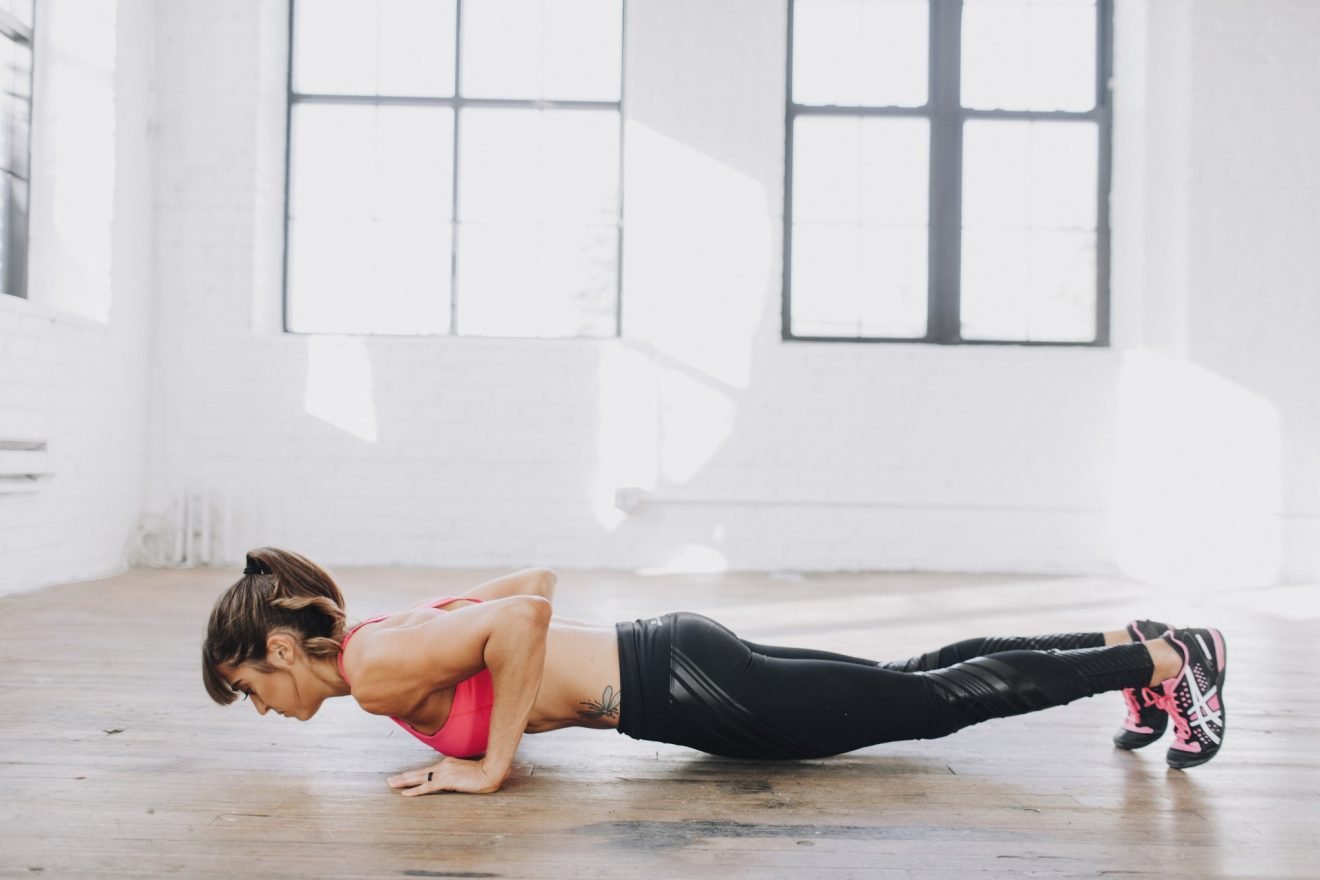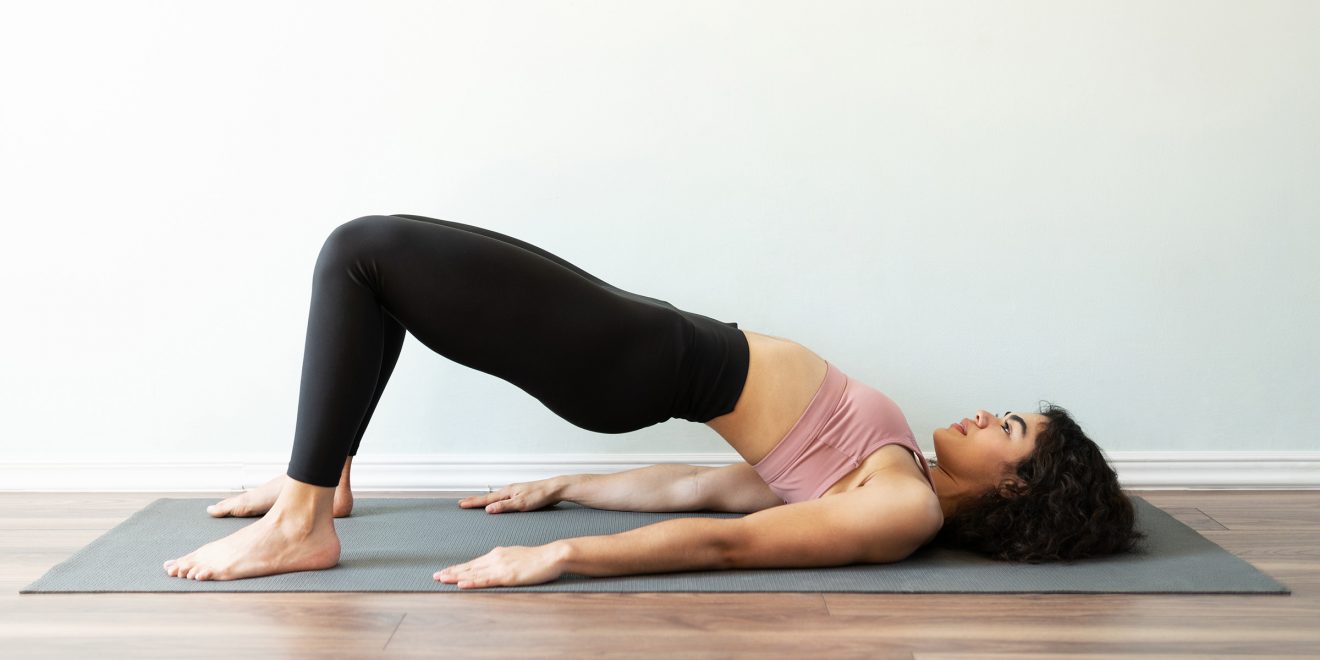12 No-Equipment Exercises For Full Body Workout At Home
It is possible to do no equipment workouts at home and stay fit. There is little need to invest in expensive gym machines or buy memberships in health clubs when you have the opportunity and option to work on your body at home.
Here’re 12 exercises for the whole body, upper, and lower body and the good thing is that they don’t need health equipment
Entire Body
- Burpees

Target: Full Body
How To:
• Stand straight with your feet joined and hands by your sides
• Assume a squat position with your hands on the ground in front of your feet
• Assume a push-up position by jumping back with the force of your hands
• Perform a single push-up and jump forward to assume the previous position
• Get up to the first position and relax
• Repeat burpees for as long as you can
• Try to do burpees as fast as possible
- Mountain Climbers

Target: Lower back, quads, abs, hamstrings, hip flexors, deltoids, glutes
How To:
• Come down on your fours and assume a plank position
• Flex your right knee and bring it close to your chest
• Put the right leg back in its original place
• Do it with the left knee
• Try to speed up the process by hopping
• Do 3 sets of 25 reps
- Bear Crawl

Target: Whole-body especially the core, shoulders, arms, and glutes
How To:
• Come down on your fours with your knees touching the ground and feet flat on the floor
• Keep your head high and back straight to start
• Lift your knees so the weight of your body shifts on your hands
• Keep your spine and hips in a straight line
• Now crawl by moving first your right hand and left leg and then your left and right leg
• Avoid putting your knees on the floor and keep your hip straight
• Crawl a longer distance in your home
• Do it for 2 minutes, forward and backward
- Inch Worm

Target: Whole Body
• Stand straight with your … Find more










